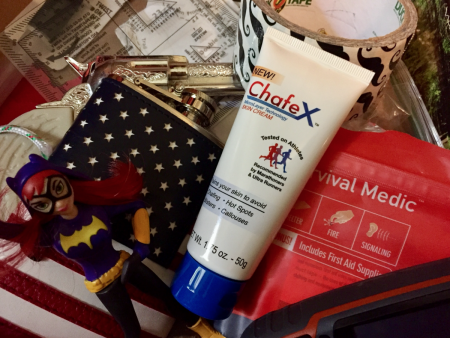In August 2017 writer/rider Leslie Wylie will be attempting her most fearsome feat of #YOLO yet: a 620-mile race across Mongolia. Riding 25 semi-wild native horses. Carrying only 11 pounds of gear. Relying on nomads for food, water and shelter. On a mission to help stop deforestation.
The Mongol Derby is widely regarded as the toughest horse race in the world. Inspired by the Genghis Khan’s original “pony express,” there’s no trail or set route, just 25 GPS checkpoints/horse exchange stations to hit over the course of 7-10 days. Keep it locked here for weekly updates from Leslie as she prepares to embark upon the ride of a lifetime!
In case you missed them: What If?, Katniss Everdeen and Her Magical Wine Bra, What Could Possibly Go Wrong? Part I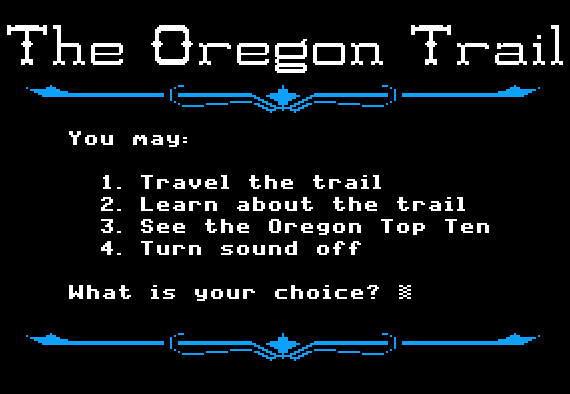
#2! Let’s Learn About the Trail
A couple weeks ago I began compiling a “preparatory threat assessment” for the Mongol Derby, basically a bullet-point list of things that can and likely will go wrong during the race so that I can have a plan in place for mitigating them.
In Part I, we discussed the very real possibility of my horse dumping me and galloping off into the sunset with all my gear strapped to its back. But what else could possibly go wrong? Let’s investigate, with a little help from best videogame ever Oregon Trail.
BAD DUDES
Previous Derby riders praise Mongolians as being some of the most generous human beings on earth. If a smelly, foreign stranger showed up on your doorstep, would you invite them into your home, feed them and give them a place to crash? Doubt it. And yet, this is how all 40 or so of us Derby riders are banking on spending our nights in Mongolia — unofficially Airbnb-ing it up with herding families in their gers out on the steppe.
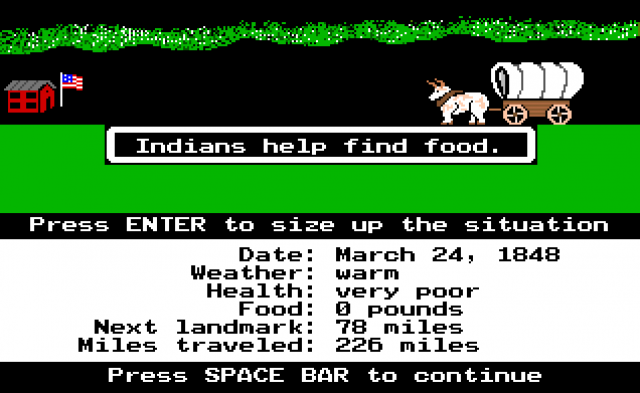
But, of course, there are baddies everywhere. And as the Mongol Derby handbook (a lively, somewhat terrifying read) states, “Whilst most families are terrific, and most Mongolians are wonderful horsemen, it is naive to assume that every Mongolian you meet is intent on helping you win or complete the Mongol Derby. We cannot and will not police the whole course, and clear it of arseholes, for you, the riders.”
In the past, Derby competitors have been dealt some colorful personal safety situations. Heather Russell, a two-time Derby competitor from Texas, recounted the story of her 2014 Derby experience on an episode of Horses in the Morning (listen to the full interview here starting at 30:09).
Heather fared pretty well on the horse front. The only equine that caused her moderate grief was one she nicknamed Chucky, after the possessed doll. “This adorable little horse was trying to kill me,” she said. “He was one of the best broke horses but he knew every trick in the book and how to use it.”
Heather got out alive with a blown-out knee and busted jaw, but Chucky was far from the biggest threat she encountered during the race. During the first leg of her third day she separated from the group she was riding with over a difference of opinion about direction — they wanted to go through the mountains, and she wanted to ride up the valley.
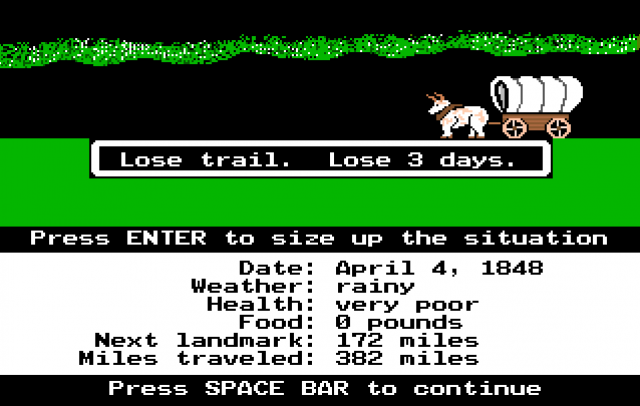
“Well, there were a couple motorcyclists that were robbing people as they came through the valley,” she said. “They attacked me and I was able to get out, but it took me eight hours to get through that situation. I got to the next horse station completely shattered. I felt like I’d had a brush with death, and I really didn’t even know if I wanted to finish the Derby at that point.”
Heather found out that the motorcyclists had robbed eight other riders as well, taking any valuable gear they had on their person — for her, it was her GPS unit, watch and the solar panels on her backpack.
She continued on with the race, and Mongolian goodwill actually saved the day in the end. “Everybody knows everybody out on the steppe, even if they live 100 miles apart,” Heather said. “When they found out about the robberies, they went and found these guys and made them return everything.”
A couple of Derby comrades I’ve talked to have been taking self-defense classes and close-range knife fight private lessons. As for myself, between the scary-looking dagger my husband just bought me and my abundance of pent-up feminist rage, I’m not too worried. He wants me to carry pepper spray as well, but that might be overkill. We’re only allowed 11 pounds of gear, and one weapon-y thing seems like plenty enough.
Even after her close encounter with motorcycle bandits, Heather admitted that she’d rather stockpile her saddlebag with snacks than ammo: “If it comes down to pepper spray or peanut butter, I’m going with peanut butter.”

ILLNESS
Everybody gets sick during the Mongol Derby at some point. And by “sick” I mean violently ill, usually from bad water (even though we’ll all be carrying water filters or purification tablets) or weird food. “Diarrhea, cramping pains, nausea … I would ride with people who were throwing up over the side of the saddle,” Heather said.
Heather had been forewarned, so she arrived about four days early and began eating everything under the sun in a clever attempt to get sick before the race began. By the time they rode out her gut had adjusted to the steppe cuisine, which sounds, um, interesting. Think: hot pockets fried in animal fat stuffed with intestine or mystery meat du jour.
“You’re so hungry, you’re eating gophers, horse meat, dog meat, if they catch a mouse or a rat you eat that … they’re not picky about what they throw in their pot,” she said.

I wish I could fit 200 pounds of food in my saddlebag.
We also run a solid chance of getting sick due to exposure. Mongolian weather can be erratic; Heather recalled breaking ice for the horses in the morning after freezing cold nights, only to be cooked alive later in the 100 degree heat. “You would get people who were hypothermic at night and then get heatstroke during the day,” she said. “It made packing very difficult.”
In part I of “What Could Possibly Go Wrong?” we cited UK veterinarian Patrick Sells’ recap of his 2015 race. Patrick has a real gift for conveying pain and suffering on the page, so we’ll circle back to his account once again to elaborate on the topics of …
Heat:
As the shadow of a lone cloud moved agonisingly slowly across the dry valley floor, I prayed for a breath of wind to bring it closer to my path. The heat was unbearable. Wilting from the saddle at halfmast like the steppe plants around me, I was slowly being cooked alive.
Now on the third leg of the day, I had already forced down eight litres of warm, brackish water, and peed just once in the last 24 hours. I could practically hear my kidneys grinding. Crippling diarrhoea sucked water and salts into my guts. Sweat poured from me, legs cooking under two layers of tights, leather chaps and boots, my head hardboiling like an egg under the helmet.
During that intense period of heat that lasted for the first four days of the Derby, riders succumbed to heat stroke one after the next. Fast horses turned sluggish. Watering holes and lakes marked on GPS were tracked down, only to find herds of thirsty livestock wallowing in mud patches.
Both riders and horses were strongarmed by the medical/vet teams and put on intravenous fluids. On a slow horse, one single 40km leg could rapidly turn into a 5 hour nightmare. One rider, an endurance expert and Derby veteran, toppled from her steed, urinated blood and dragged herself into a nearby lake before medics could track her down and give her emergency treatment.

Cold:
As I climbed into the mountains on the sixth day, the 39 degree Celcius heat turned into a freezing, howling storm, driven by the prevailing Northerly wind that rushes from the Arctic down over Siberia. Having suffered extreme heat exhaustion earlier in the same week, I was shocked to find my body shutting down with hypothermia.
By now travelling alone as the pack had strung out, it finally dawned on me that I was going to have to bite the bullet: I was going to have to stop, get off the horse and put more layers on. I should mention that getting off a Mongolian horse midleg is an absolute last resort (especially when riding alone). These animals were more feral than I ever could have anticipated, and losing my horse in that environment was a scenario not worth contemplating. As I swung down with rigid legs, the horse shied, jarring me painfully on the rocky ground. Thankfully, the icy wind and rain were worsening to the point that all the horse wanted to do was turn its arse to the North and lower its head.
It was then that I realised I had stopped much too late. With hypothermia, decisionmaking becomes blurred, and events rapidly spiral out of control. I managed to pull the down jacket out of the saddlebag without scaring the horse too badly, and took off helmet, hydration pack and shell to get it on. After replacing the layers I realised my gloved hands were so numb I couldn’t grip the zip to close the jackets. It took a full five minutes in the freezing rain to coax the zips together.
Closing the saddlebag was impossible and I conceded dismally that the contents would become soaking wet. Realising that my hands were too numb even to activate the emergency beacon, I gritted my teeth, swung back into the saddle and pushed the horse on for the remaining 20km of misery in what was probably 10 degrees Celsius, considering windchill. If the horse had been a ‘bolter’ we would both have been finished.
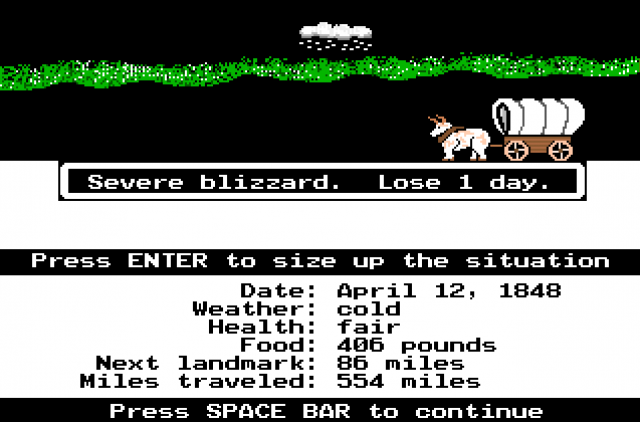
On second thought, I think we’ve heard quite enough stories from Patrick.
Well, wouldn’t you know, once again we’ve run out of time, space and emotional energy to further contemplate the subject of “What Could Possibly Go Wrong?” during the Derby. Too bad, I was really enjoying myself. Until next week …

Keep up with my adventures in the lead-up to the 2017 Mongol Derby each week on Horse Nation, Eventing Nation and Jumper Nation, and tune into Horses in the Morning each Monday at 10 a.m. EST as I interview Derby crew and previous competitors.
Each Derby competitor’s $12,995 entry helps benefit the Mongolian families whose generosity with their horses and their homes makes the race possible, as well as Cool Earth, a charity that works alongside indigenous villages to halt rainforest destruction.
Can you help? Please visit the Wylie vs. Mongol Derby GoFundMe page — all donations are deeply and eternally appreciated! Corporate sponsorships are also available and include ad space on EN, HN and JN, product reviews and usage during the Derby and much more. Email wylie@horsenation.com for details.
Join me in welcoming the latest sponsors in my Mongol Derby adventure!
You’ve heard the saying “No foot, no horse”? Ditto for riders, which is why I’m trusting my feet to stirrups, leathers and boots from the Freejump System. The Soft’Up Pro is a single branch stirrups that combines performance, comfort, safety and simplicity. High-tech features include a patented flexible outer branch made of Elastollan® helps to free the foot in case of a fall, nonskid wide elastomer floor, ABS shell and high resistance spring steel monobranch. In addition, I’ll be wearing Freejump’s Liberty XC Shoes and Minichaps, which combine technical innovation with maximum comfort in and out of the saddle.
KnixWear has a growing fanbase among the equestrian set, and for good reason. Their innovative intimates combine protection, form and function to keep us fresh through even the most vigorous activities, and it doesn’t get much more vigorous than riding 1,000km across the Mongolian steppe! You better believe I’ll be wearing Knixwear beneath my riding clothes.
And a big thank you to all my sponsors:





